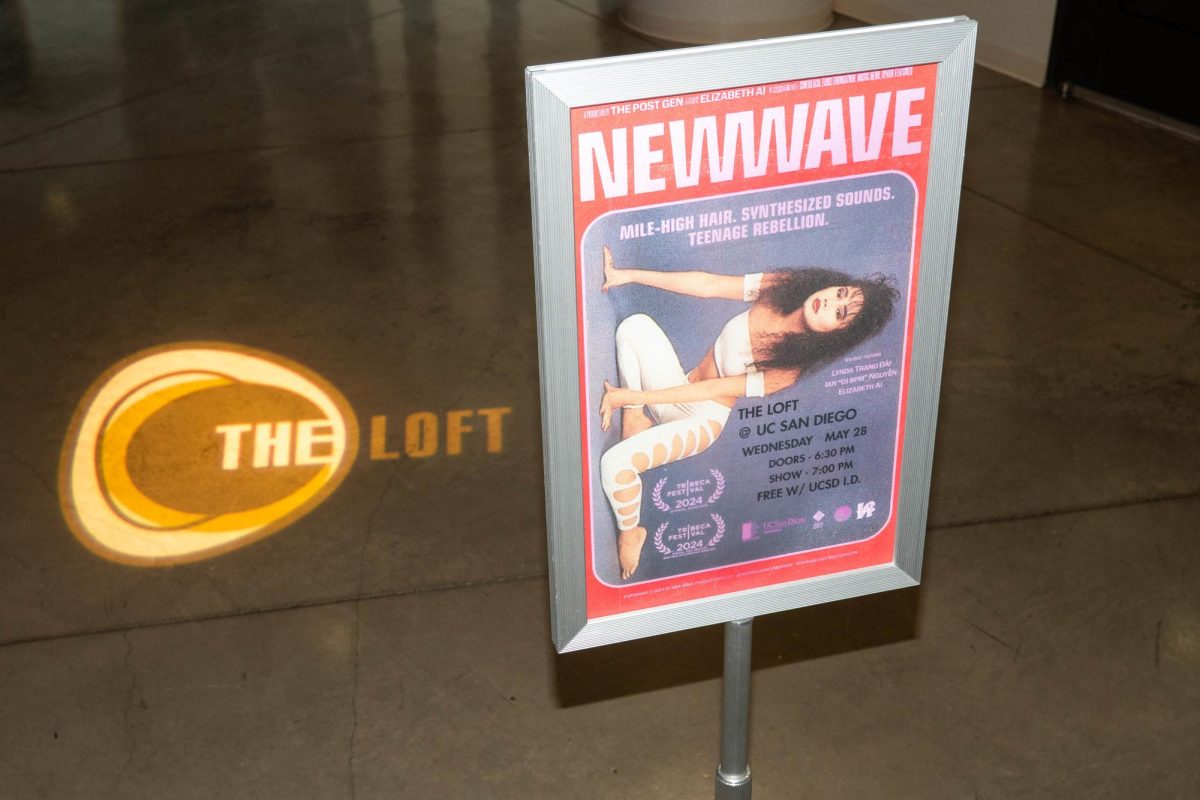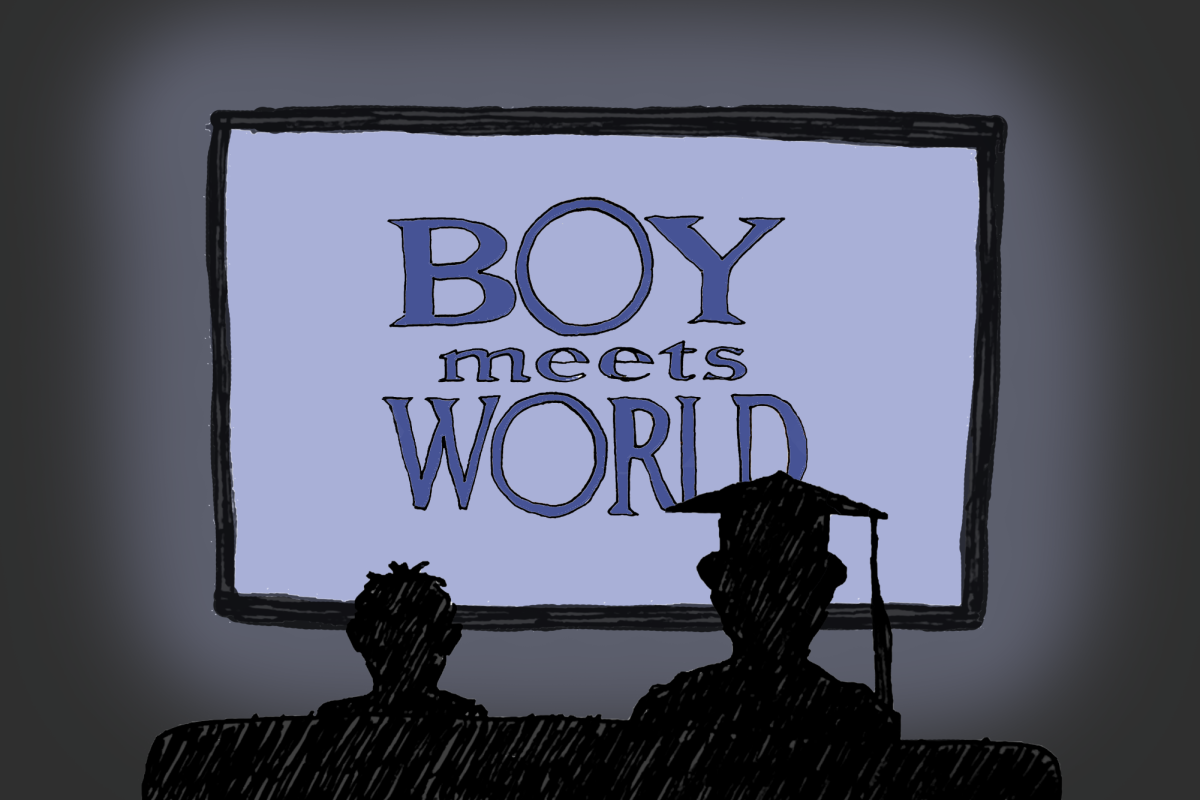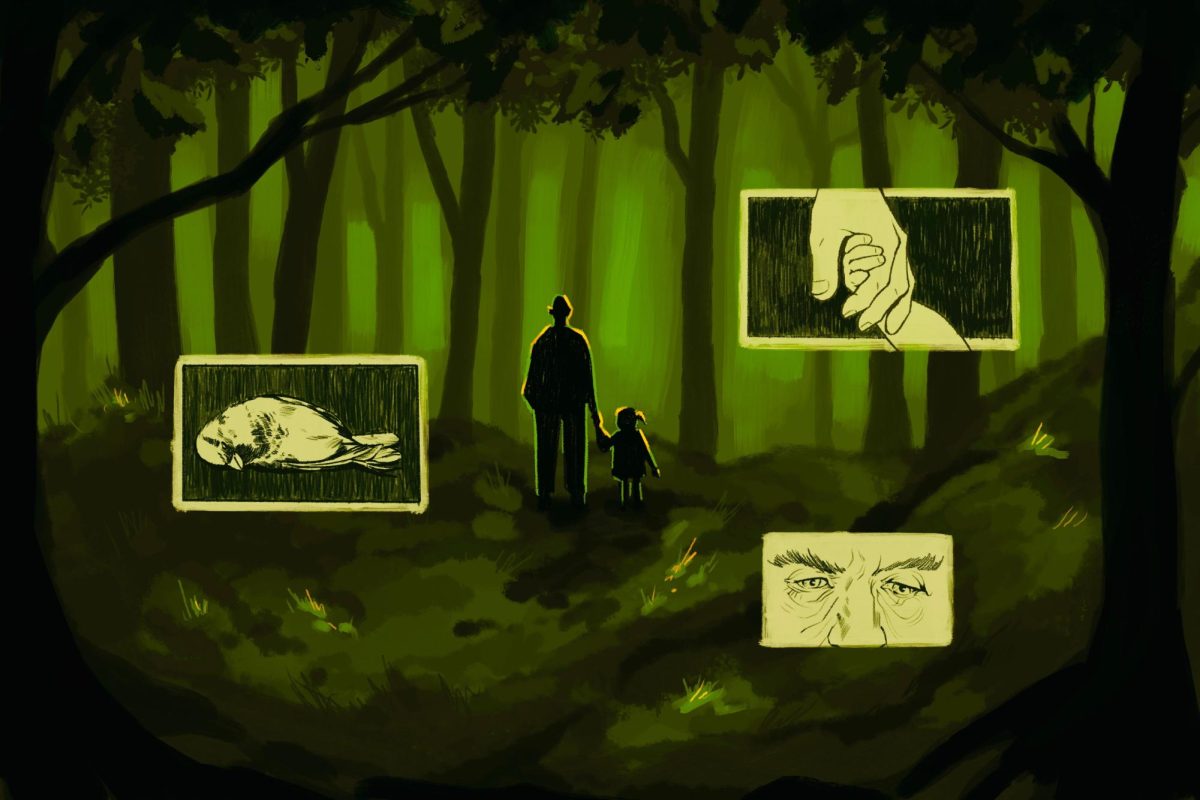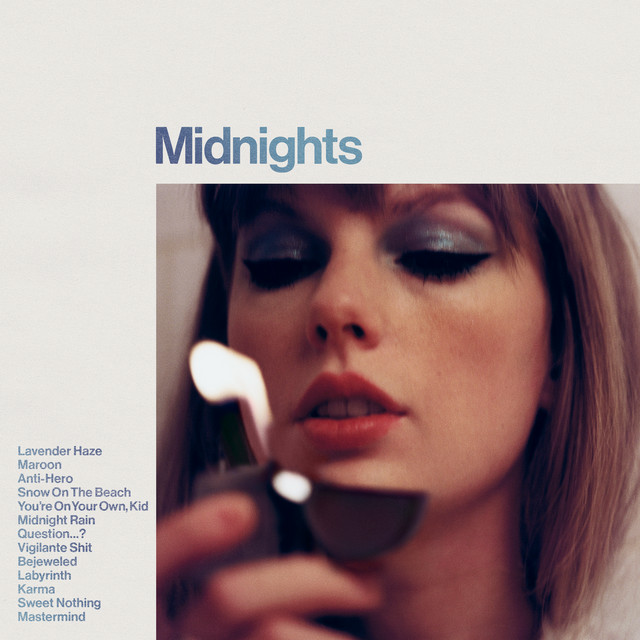Paul Van Dyk
Politics of Dancing
Ministry of Sound
*****
Paul Van Dyk is simply amazing. He is one of the greatest producer/DJs the electronic music world has ever seen. The Van Dyk sound transcends your basic four-four beats; he produces pounding basslines and gorgeous atmospherics. His productions are flawless and his mixing is fantastic. Those lucky enough to have seen him know of his powers, and those who download his live sets wish they could have been there.
Van Dyk once stated that he would never do a mix CD. His previous releases such as “”Out There & Back”” and “”Seven Ways”” have been his own work mixed together. But “”Politics of Dancing”” is his first mixed CD of other artists.
This two-disc set is not a collection of the year’s greatest hits that can be found on Ministry of Sound’s typical releases. “”Politics of Dancing”” is a collection of Van Dyk favorites that capture the mood of a club or a massive. This album also blurs the lines between mix CD and Van Dyk’s own production — he added his own production to many of the tracks so they would fit the context of the music surrounding it.
Disc one offers an energetic but cool groove. In the well- thought-out liner notes, Van Dyk explains that this disc is one he would play if he were opening for another DJ. He continues to state that disc two is what he would play if he were headlining. Disc two offers more intense sounds that are worthy of any party.
The socially conscious Van Dyk also explains why this album is titled “”Politics of Dancing.”” He reminds everyone that the dance music culture was also a political culture, a movement that affected society as a whole and a movement he thinks has fallen by the wayside.
On “”Politics of Dancing,”” Van Dyk offers a reminder of why we support dance music and helps us focus on the importance of the politics that surround the dance music culture.
— Joseph Lee
Hiatus Editor
Starsailor
Love is Here
Capitol
****
Starsailor follows more established British acts such as Travis, Coldplay and Radiohead in their attempt to break into the U.S. market after considerable success in the United Kingdom. Almost a year ago, they were hailed as Britain’s best new band. Their amazing album, “”Love is Here,”” was released in the United States this month and it is a sign of good things to come for this band.
Guitarist and vocalist James Walsh has hints of Thom Yorke of Radiohead and Fran Healy of Travis, but that is about as far as it goes. Yorke has a strange, haunting quality to his voice and Healy’s voice is great but does not show the range and strength of Walsh’s. Starsailor rounds out with Barry Westhead putting down wistful melodies on the keyboards as James “”Stel”” Stelfox anchors the group on the bass guitar, while drummer Ben Byrne provides the steady beats.
Although the band members grew up on the brash sound of Oasis, they fell to the powerful emotions of Neil Young and Tim Buckley and cite them as their main influences. Songs such as “”Alcoholic”” and “”Poor Misguided Fool”” are among the standout tracks with their haunting melodies and lyrics.
Producer Steve Osbourne has produced more sonically complex groups such as New Order. Namely, their most recent release, “”Get Ready.”” He has also produced for U2. But Osbourne faithfully maintains Starsailor’s wish to keep the album simple with a sound that is more live than produced.
“”Fever”” is an example of their raw, live sound that translates into beautiful simplicity.
“”Fever”” and “”Good Souls”” launched into the U.K. Top 20 singles chart, and “”Alcoholic”” recently reached the top 10. After a successful European tour, they look to the United States.
Their somber and contemplative album, “”Love is Here,”” is the sort of album you can sit back to with a cup of tea or coffee.
— Joseph Lee
Hiatus Editor
Judas Priest
Demolition
Atlantic
**
With the 14th album out by the once-notorious leaders of heavy metal, Judas Priest, we see yet again why bands need to eventually stop recording.
The second disc without legendary frontman and San Diego resident Rob Halford finds new recruit “”Ripper”” (ooo … I’m scared) Owens filling out on his own a little more than on the previous album.
Most of the time, he and the rest of Priest seem to be trying to redefine their sound while still retaining an anchor to their ’70s thrash sound. Familiar, but somehow off.
“”Demolition”” is too much like Priest’s earlier days without obtaining the magic they once had.
Long-time fans would be hard-pressed to have friends listen to this album with favor. Unless you really like power ballads by aging rock stars, their glory days are long over — not unlike Aerosmith.
But moreover, this sound is just played out.
“”Demolition”” is constantly plagued by the fact that Judas Priest seems unable to figure out how to make a transition into new musical waters. They try be what they were while still doing something new. The result is lackluster and it feels like the band has begun to reach the limits of the direction that brought it here.
It’s doubtful that many people will enjoy this album — only die-hard fans should bother giving this a listen.
— Rinaldo Dorman
Staff Writer







